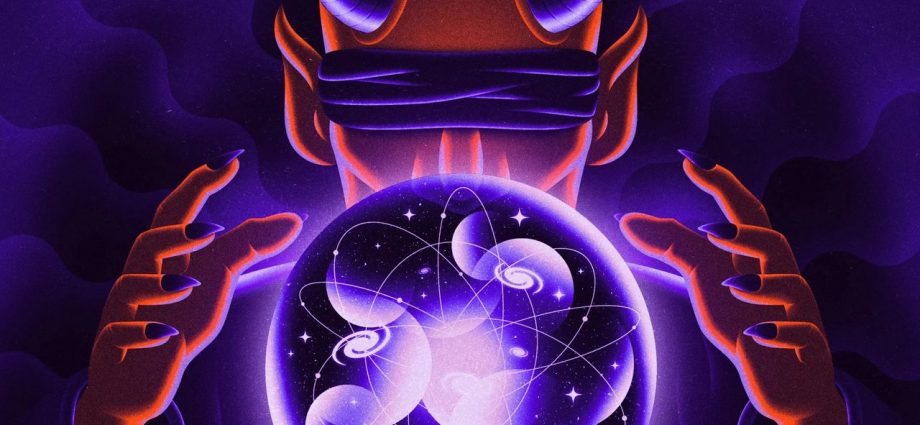Scientists Are Mapping the Boundaries of What Is Knowable and Unknowable
Moore designed his pinball machine to complete the analogy to the Turing machine. The starting position of the pinball represents the data on the tape being fed into the Turing machine. Crucially (and unrealistically), the player must be able to adjust the ball’s starting location with infinite precision, meaning thatContinue Reading





